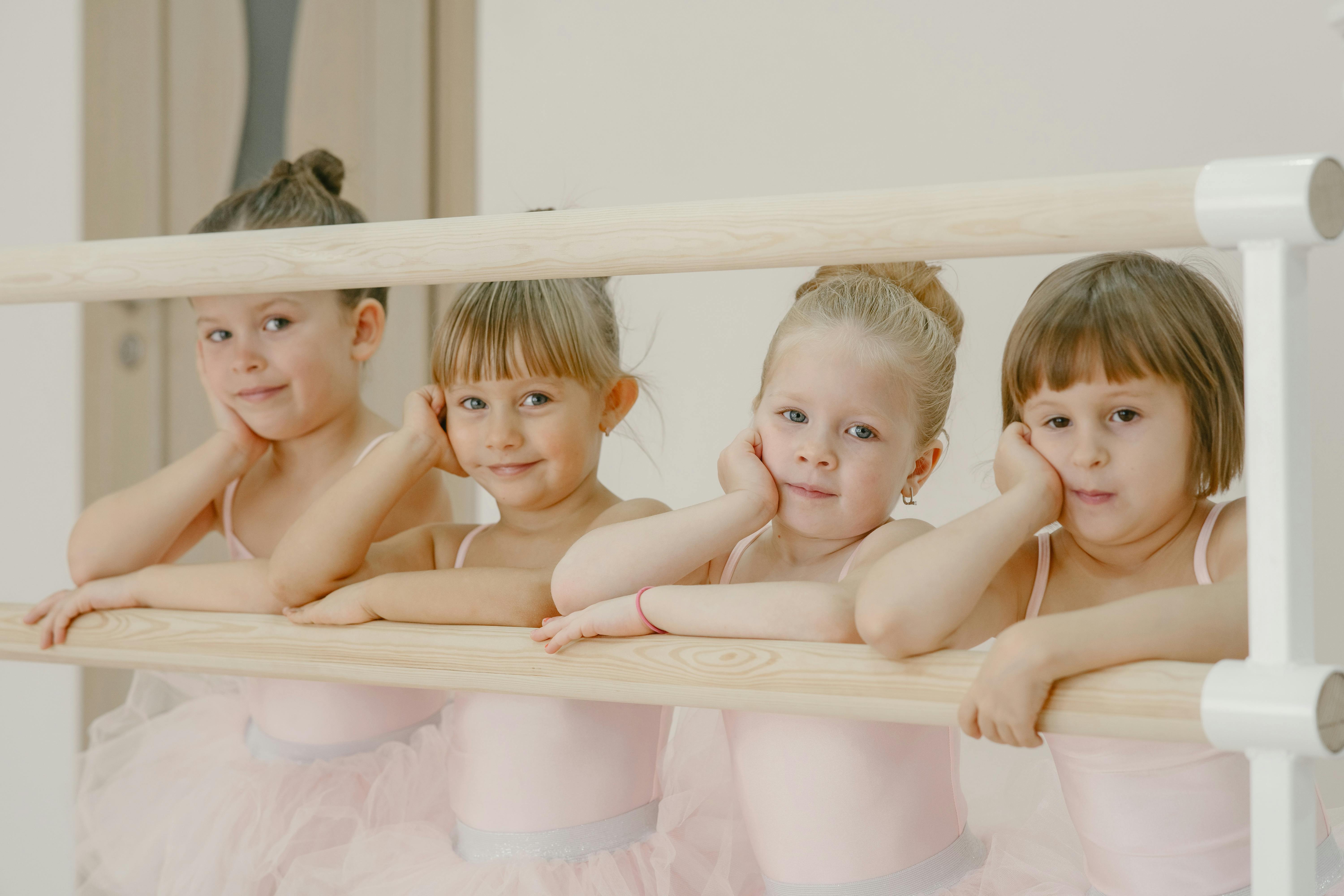The Importance of Dance for Children

Dance: A Joyful Pathway to Health and Wellbeing for Children
Are you looking for an engaging way to boost your child’s physical and mental health? Look no further than the wonderful world of dance! Beyond just a fun activity, dance offers a treasure trove of benefits that can significantly enhance your child’s overall wellbeing. In this post, we’ll explore how dance serves not only as an art form but also as a powerful tool for growth and development.
The Physical Benefits of Dance
Let’s get moving! Dancing is an excellent form of exercise that helps children develop strength, flexibility, and coordination. Whether it’s a lively ballet class, a funk-infused hip-hop session, or joyful Tap class, every dance style contributes to physical fitness. Dance encourages cardiovascular health by getting the heart pumping and promotes muscle development, encouraging children to engage their entire bodies.
What’s more, engaging in rhythmic movements can help children improve their balance and body awareness. This can lead to better performance in sports and other physical activities they may participate in. With all the giggles and jumps, dance encourages kids to stay active, making it a fantastic alternative to screen time—who wouldn’t prefer twirling to sitting?
The Mental and Emotional Boost
Dancing isn’t just about physical prowess; it also plays a vital role in a child’s mental and emotional health. It fosters a sense of freedom and self-expression, helping children to communicate their feelings and thoughts non-verbally. This form of expression nurtures creativity and imagination, allowing them to escape in their own unique world of rhythm.
Participating in dance can also increase self-esteem and confidence. As children learn new moves and perform in front of others, they develop resilience and a sense of accomplishment. Moreover, dance can help reduce anxiety and improve mood, providing a much-needed outlet for the stress that can accompany academic pressures or social dynamics. In essence, dance is a gateway to emotional regulation and happiness!
Social Skills and Community
Dance is often a group activity, meaning it comes with a built-in social framework! When children join a dance class or team, they form friendships and build a sense of community. Learning to work together towards a common goal—creating a performance—can foster teamwork skills and improve communication abilities.
Plus, dancing boosts inclusivity; it provides a welcoming space where everyone is encouraged to join in, no matter their skill level. These friendships and social connections are crucial for developing social skills and reducing feelings of isolation.
Lifelong Benefits
The benefits of dance during childhood don’t just vanish at adulthood. The habits and skills learned through dance often carry into later life. The physical fitness awareness, social skills, and creative problem-solving abilities nurtured through dance can set the stage for a happier and healthier life.
Encouraging your child to dance—whether in a formal class or just at home—can be one of the best gifts you give them. With each graceful leap and joyous spin, they’re not just learning to dance; they’re also dancing towards a brighter, healthier future!
Final Thoughts
In a world that often prioritizes academic achievement, let’s not overlook the importance of movement and self-expression in our children’s lives. So, turn on that music, let your child’s feet fly, and watch as they blossom into confident, healthy individuals. Dance not only brings joy but also provides endless physical and mental benefits that can last a lifetime.
Happy dancing!
The Dance World Directory

